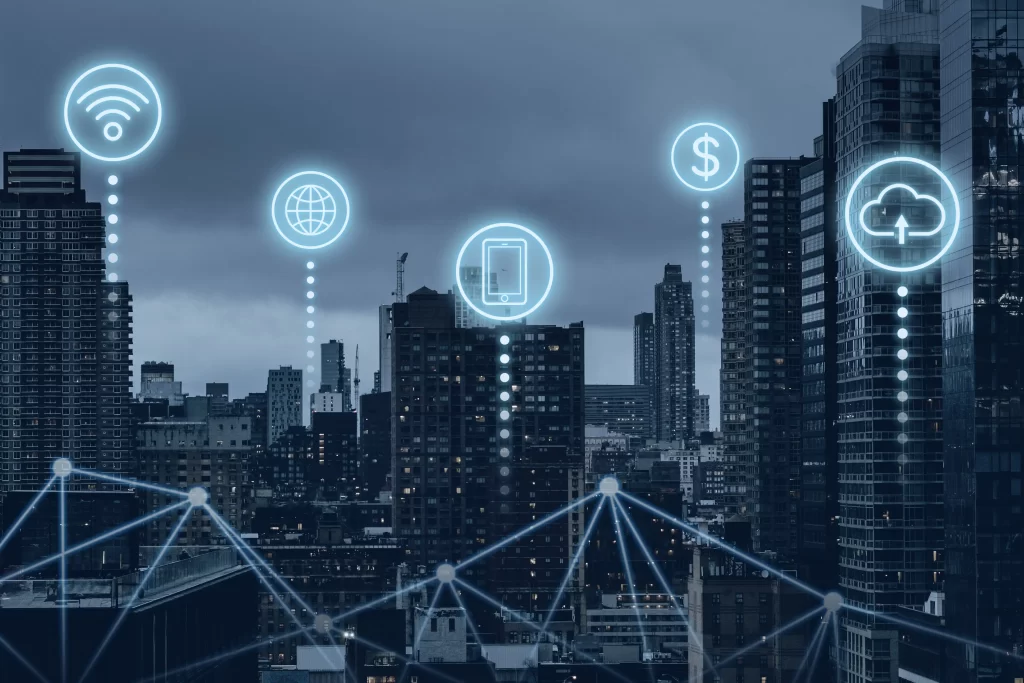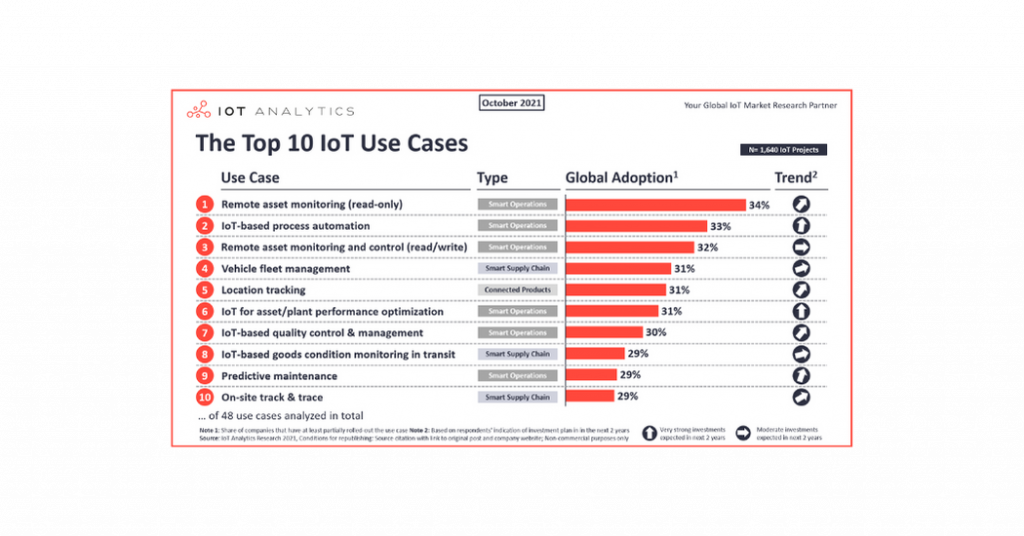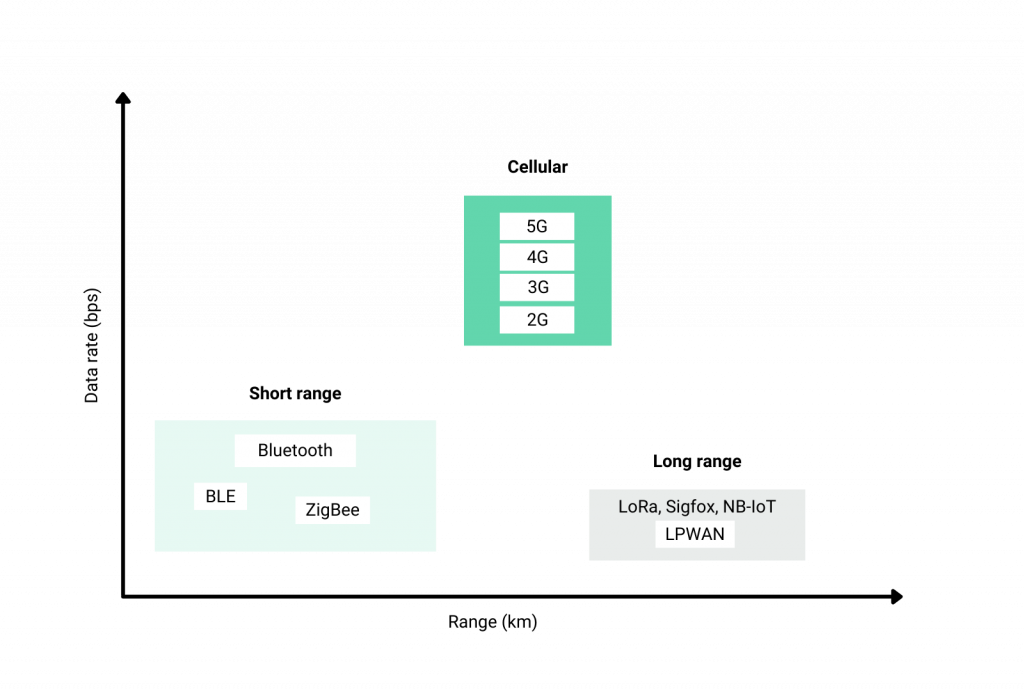Introduction
What can be said about human interaction with the world? One can state that the measuring and metering of the physical world is probably the oldest discipline there is. Old as the civilization itself. There are numerous pieces of evidence from Archaeological, Classical antic, and even the dark Middle age times that support this claim. The technological renaissance and the modern age, in which this civilization lives, practically are not able to exist without this discipline. To make things better, the rudimentary measures of the old ages are extended, in finer resolution, and standardized today. Also, the ‘untouchable’ physical parameters, temperature, radiation, electrical current, etc. are added to the list.
Measuring the world, allows civilization to move people and products better and more economically through distance. The speed and efficiency of these processes now, more than ever, come under the spotlight of sustainability. Precise and well-timed measurements greatly help in all of the above. So, the next question arises on its own…
Is there a way to measure everything – all the time? The truthful answer would be “Not yet!” but everything is on a good path getting there.
What is the Internet of Things (IoT)?
The internet of things (IoT), still a very young technical branch, has sometimes been referred to as the digitization of the physical world. The mentioned digitization is a direct result of measurement processes. The IoT is a summation of different technologies at low-enough costs that makes this possible across a wide range of physical domains. Hence the IoT device is a device embedded with a sensor and/or actuator, connected to the Internet, which shares its information with other devices and hosts, with the potential to act on this information based upon some rules and intelligence.[1] If the sensors are considered something very well-known and used decades before the IoT came into existence, then the other part on which the full attention has to be deflected is communications.
IoT Communication Elements
But who does communicate with who and in what way? As stated above, there is a simple division of elements used in the IoT field. On the one side, there are Devices, and on the other, there are Hosts or sometimes called Servers. With this in mind, it can be stated that the devices count usually outnumbers the Host count. This is not a problem since there is a previous fact of the low-cost and low-power aspect of the IoT elements – especially true for the Devices. Communication can be defined in three ways:
- D2D -> Device-to-Device communication: intelligent machines measure parameters, collect data, and coordinate actions together;
- D2H -> Device-to-Host communication: Device data are collected, processed and sent to a Server and the IT infrastructure;
- H2H -> Host-to-Host communication: the Servers share gathered data to resolve a solution, and command some action back to the Device;
Since every communication needs several layers to function, there is a great set of expertise needed for the IoT system integrator. These layers include software-defined protocols and hardware circuits. Only a well-implemented technology can ensure a cost-effective and accessible system able to measure and meter real-world values and distribute the data to the far end in almost a real-time fashion.
Use of IoT in everyday situations
To properly use the IoT Devices a great deal of know-how experience must be implemented in all system building blocks. This is also true for a communication type selection. As stated previously, IoT is here for some time now and a lot of work is already achieved in the realm of Device communication. To put this into context, the IoT these days makes the appearance in home appliances, transportation, medical, industrial, and almost all other technically enabled areas. Since the IoT Device is considered as a low-footprint and a low-power element often times this plays the most important factor in the system design process. The best selection for that, and also the widely used one is wireless radio communication. Even though there is some back-end equipment (Hosts and Servers) connected over copper or glass fiber.
Going off the wire -> Wireless IoT Technology and its use
Selecting the right wireless protocol is crucial. This not only determines the key elements stated above, but also the data bandwidth, range, and some other factors. Future articles will describe in more depth the issues related to the protocol selection and also how the company bridges those gaps. For now, it is important to shed some light on the protocols available and general descriptions of the wireless IoT technology itself.
A common IoT use case is a network of Devices designed to run for years on battery and/or other means of energy harvesting. If the use case is examined more closely, typical Devices need to transfer small volumes of data, contrary to the requirements of PCs, smartphones, etc. It is well known that short messages conserve power and bandwidth, so the design of the link layer in the communication block must compromise between the overhead versus the payload of a frame.





